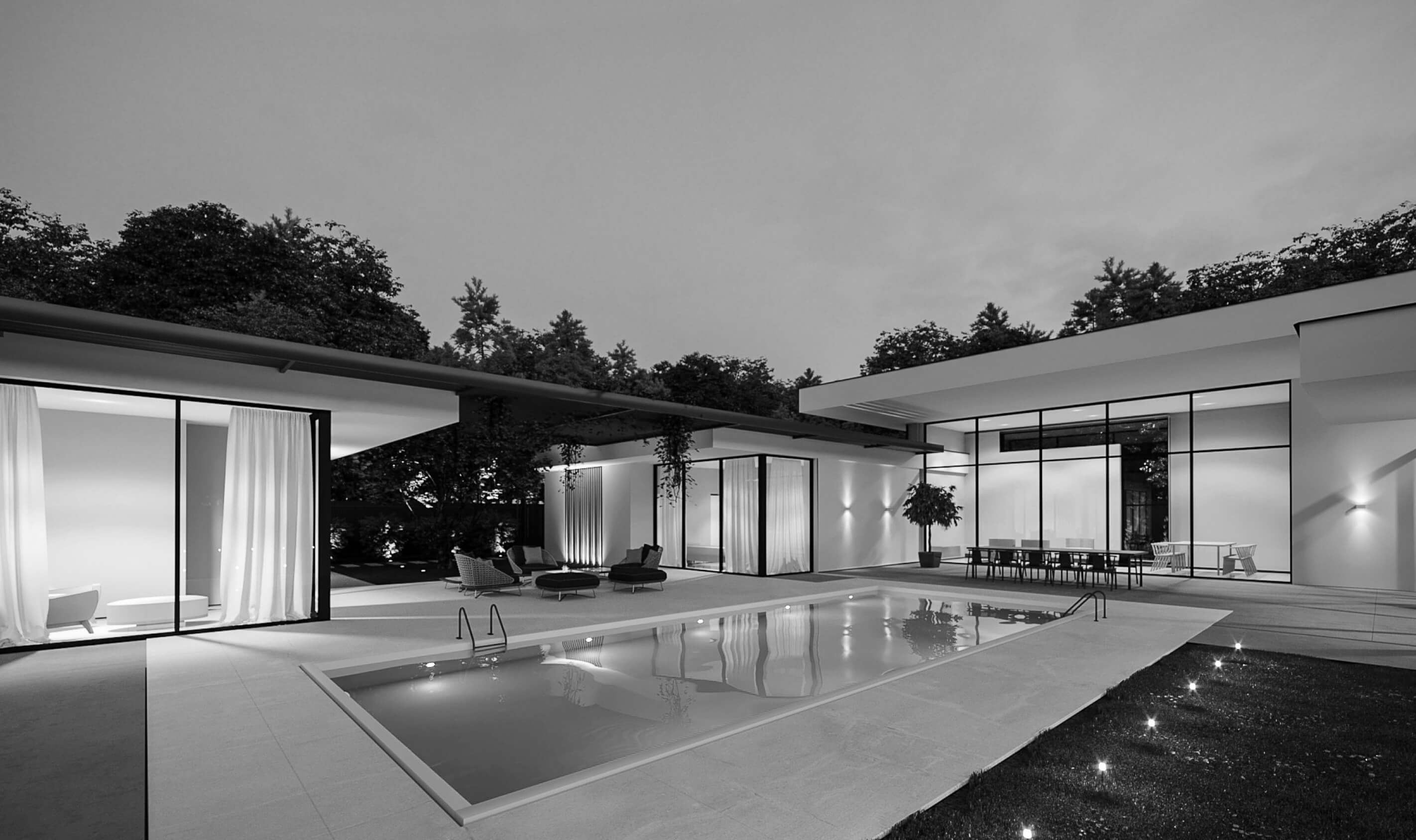If all the greenery of the office is limited to only sloppy pots with indoor plants, then it’s time to think about phytodesign.
Our architectural studio ZIKZAK has compiled a list of the benefits of greening office spaces that have gone far beyond aesthetics.
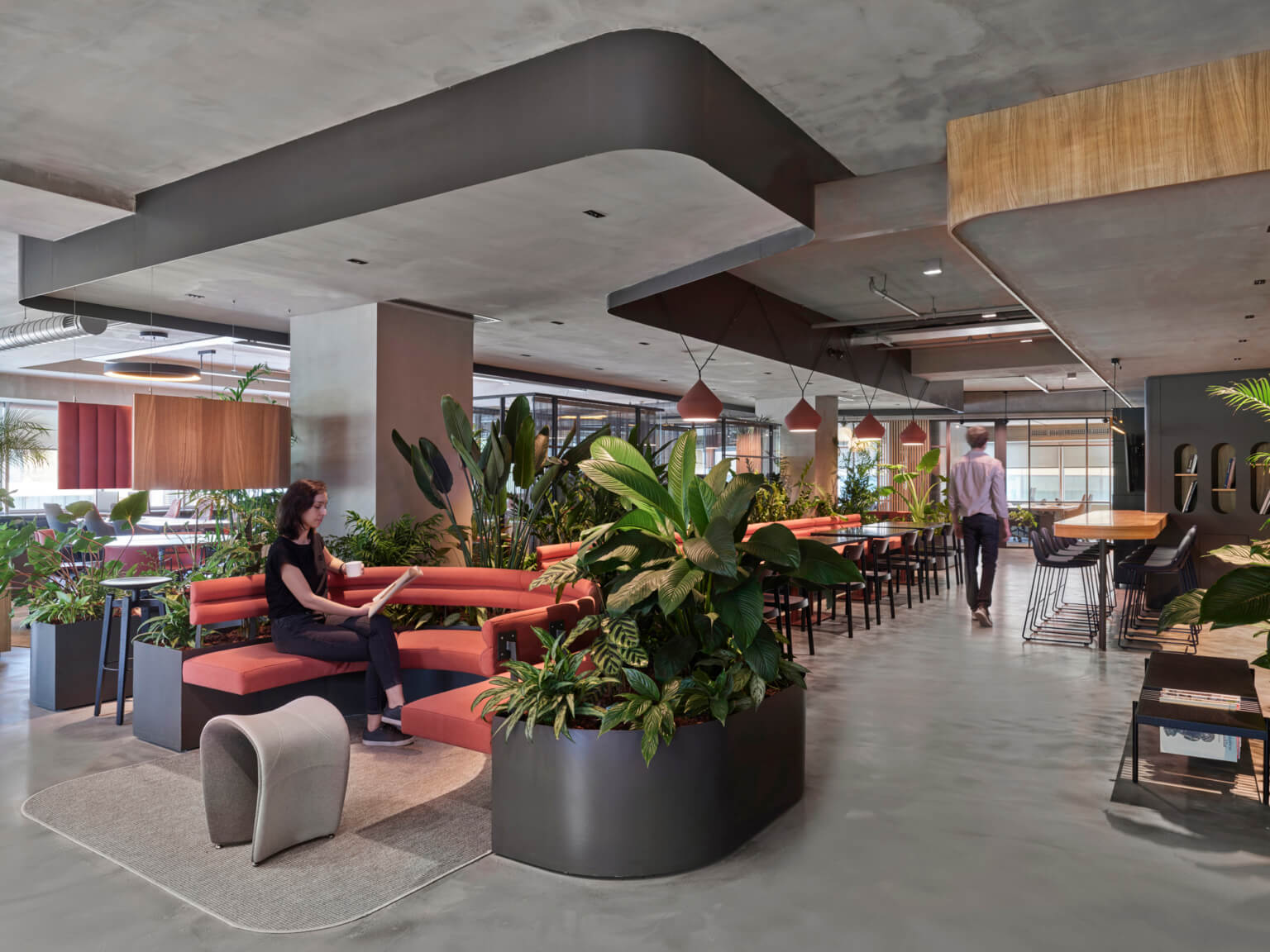
Why invest in greening your office

Phytodesign is a special artistic introduction of various plants into an office space. Refined offices and coworking spaces calm the human psyche. Green plays an important role here: it relaxes employees and tunes them to the right wave.
Sydney University of Technology conducted a study on the impact of office landscaping on workflow in 2010. According to the indicators revealed, the level of stress among workers has significantly decreased. Other results spoke of:
– decrease in voltage and alarm by 37%;
– a 44% decrease in anger and hostility;
– fatigue drop by 38%.
“This study shows that a single plant in the workplace can elevate the mood of staff and thus promote well-being and productivity,” university officials say.
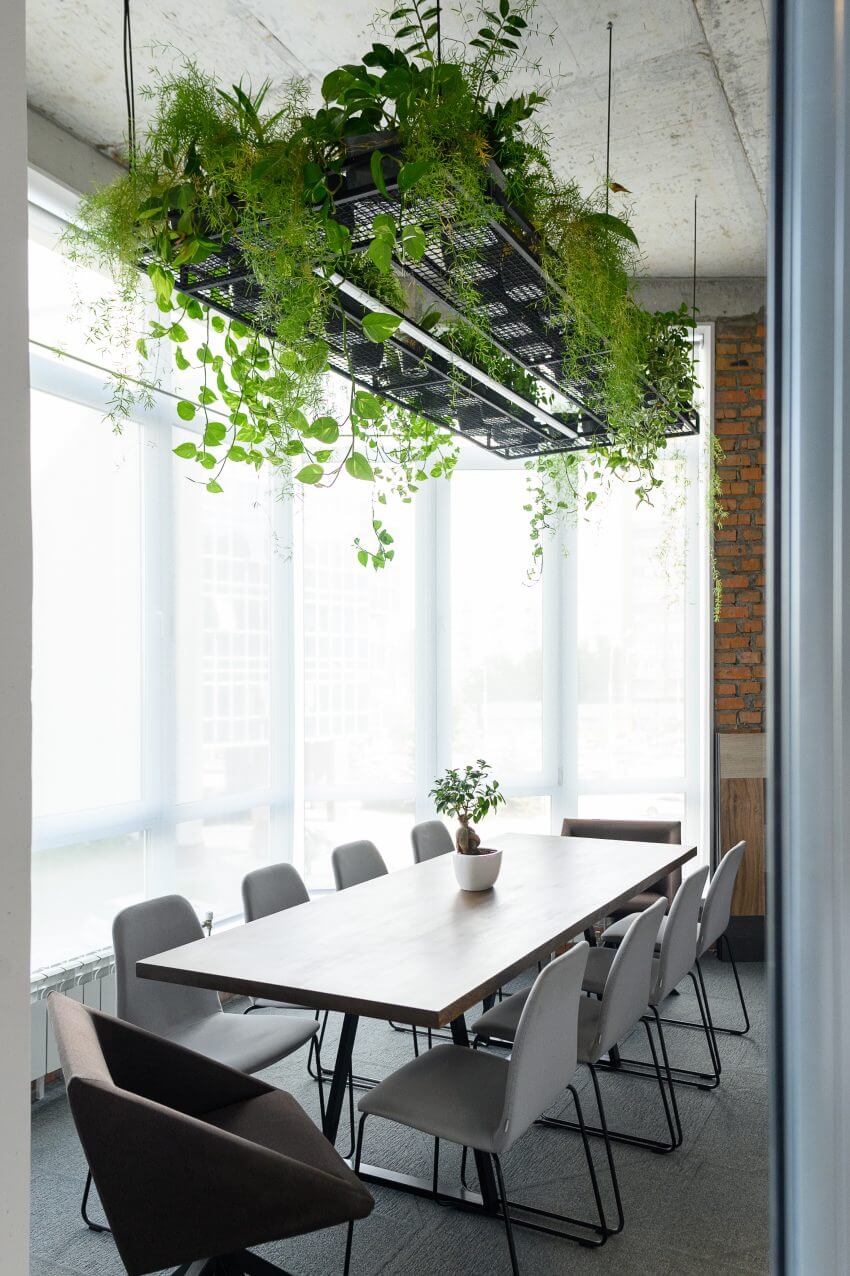
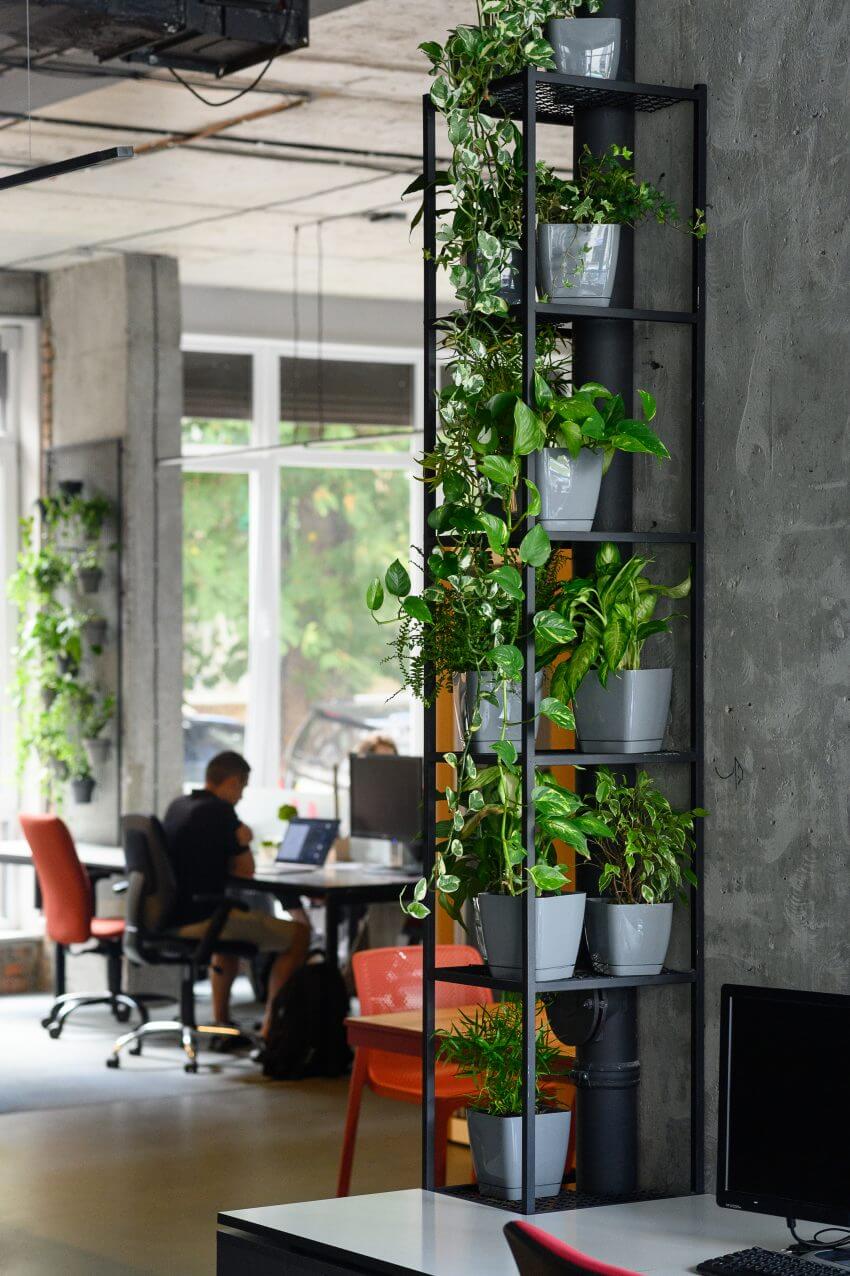
Only with the right balance and decoration of the work area can better performance be achieved.
Even a few houseplants in an office increase employee productivity by 15%, according to a study by the University of Exeter. Adding just one plant per square meter improves memory retention.
“What mattered was that everyone could see the plant from their table,” university researchers say in an interview with The Guardian. “If you work in an environment that has something to psychologically interest you, you become happier and perform better.”
A 2015 Human Spaces report found that of 7,600 office workers in 16 countries, only 42% of them have live plants in their workplace. Among them, there was a 6% increase in productivity compared to employees whose offices did not include greens.
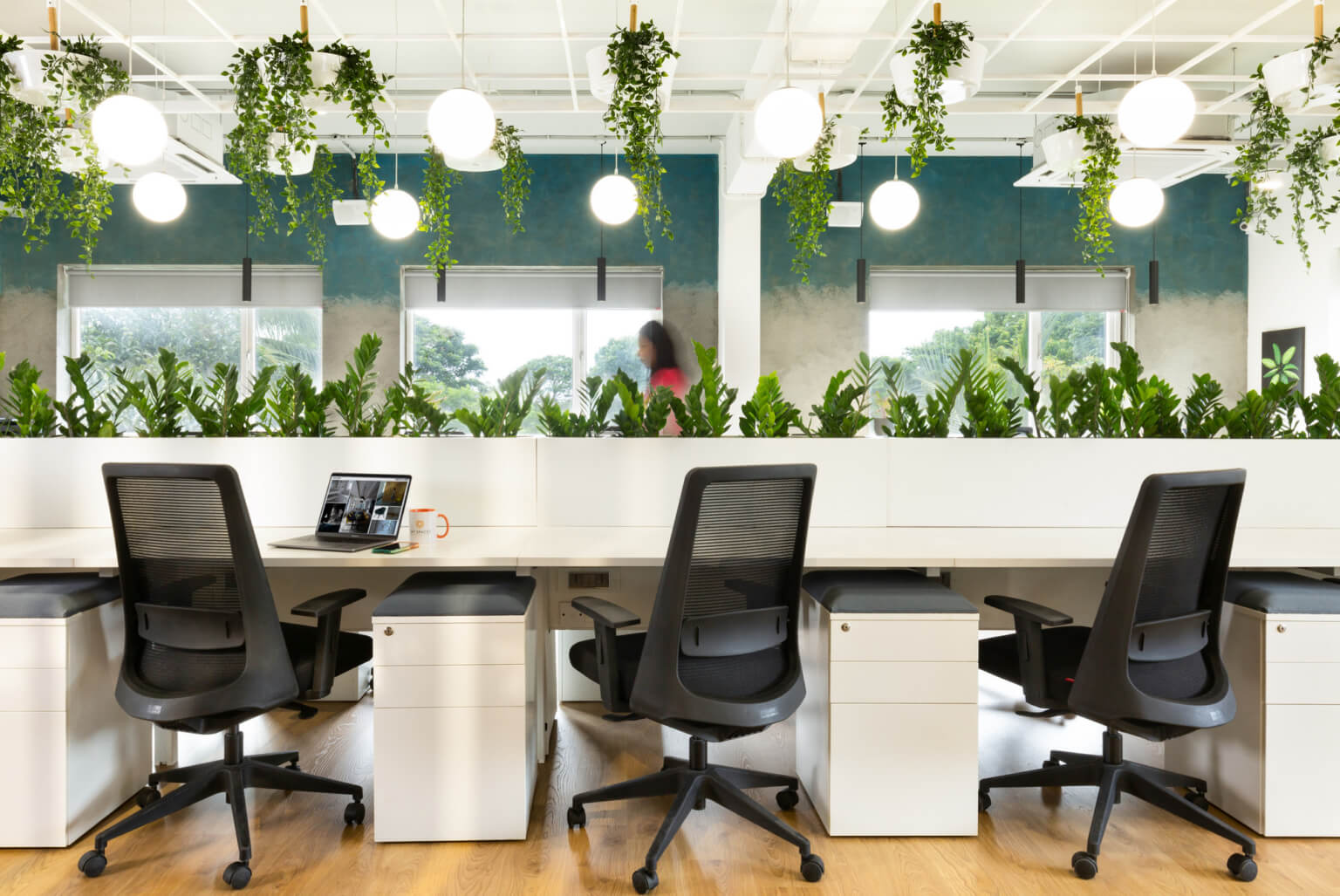
A study by the Norwegian Agricultural University found that introducing plants in one office reduced symptoms of unwell by 25%. These included fatigue, trouble concentrating, dry skin, and irritation to the nose and eyes.
“The presence of plants can probably lead to positive changes in the psychosocial work environment,” commented Prof. Dr. Tove Fjeld in a 2011 blog.
“The resulting feeling of well-being also influences how a person views their health. Against the backdrop of psychobiological identity and humanity’s positive response to nature, we can assume that plants have a particular impact on feelings of well-being. This is evidenced by the fact that the number of symptoms associated with the indoor atmosphere has decreased. ”
At the same time, the greening of the office zones the premises. Most of the workspace will be separated by plants. In the newly formed space, a place for rest can be allocated, thanks to which workers will be able to more easily perceive the work process and will be less worried at the workplace.
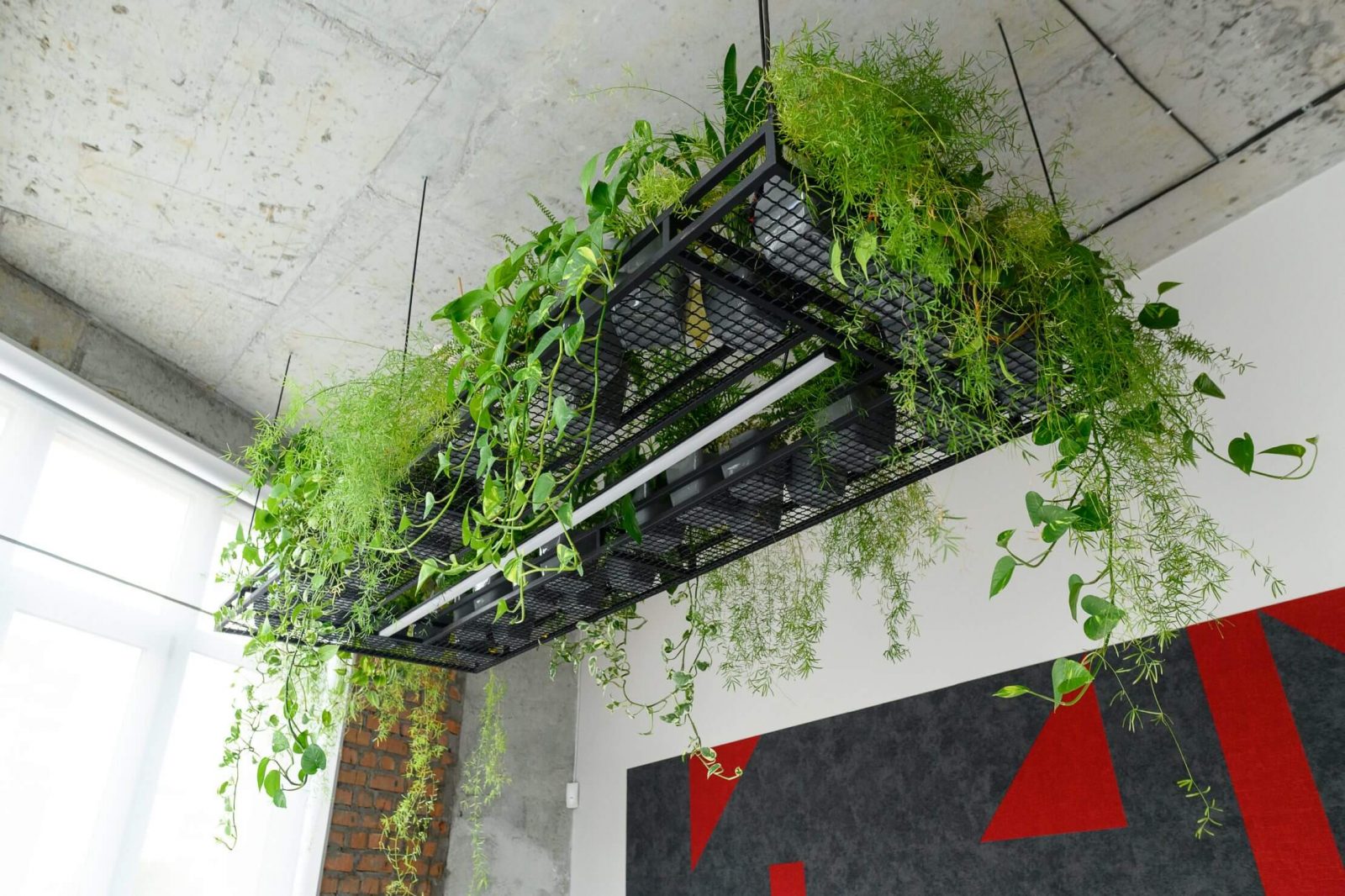
Greening the space ー the way to update the familiar office interior. The dilution of metallic and plastic shades with eco-materials not only helps to diversify the environment, but also makes it possible to set new accents in old rooms.
Phytodesign is not limited to the delivery of exotic plants to the office. This is the recreation of natural landscapes, the design of full-fledged winter gardens, the arrangement of unique compositions from coastal plant crops and the selection of flowers for phyto-walls ー special landscaping of vertical surfaces.
“The advantage of nature-inspired design, known as biophilic design, has already amassed a strong argument and is gaining popularity in office design,” says organizational psychology professor Carey Cooper.
Today, a third of job seekers say that it is the design of the workplace that influences their decision to join the company, as it shows its wealth.

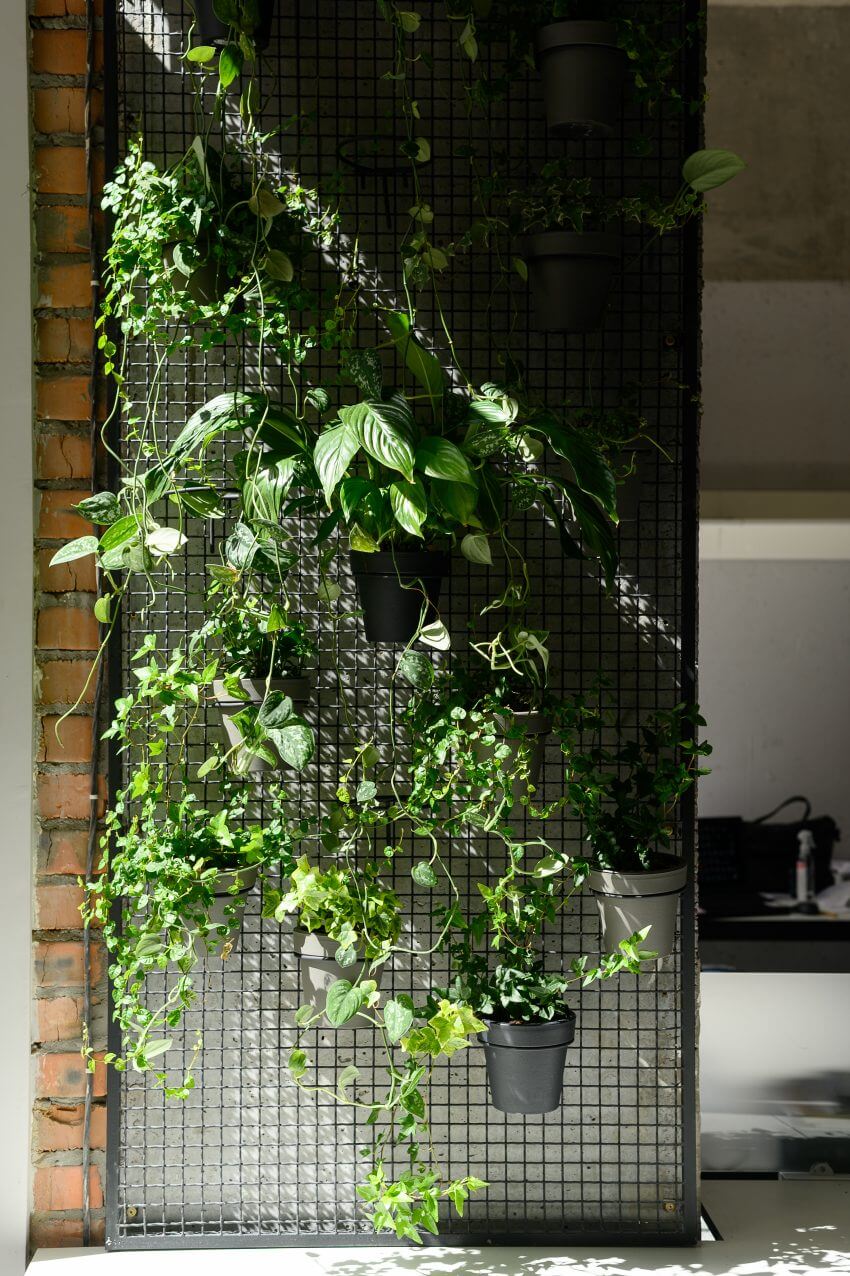
The founder of phytodesign, Soviet academician Andrei Grodzisky, said that one of the main tasks of greening a workspace is to disinfect the air.
Ever since school, we have known about photosynthesis производстве plant energy production with the accompanying absorption of carbon dioxide and the release of oxygen. As early as the 1980s, NASA scientists discovered that plants can remove harmful chemicals from the air, making it cleaner for humans.
A more recent study by Dr. Fraser Thorpey, director of the University of Technology Sydney and the Indoor Environment Research Group, found that indoor plants can help reduce carbon dioxide levels by about 10% in air-conditioned offices and by about 25% in buildings without air conditioner. In addition, plants produce tonic odors for humans.

All plants tend to absorb sound (rather than isolate from noise pollution). That is why they help to hide from the conversation of colleagues better than any brick walls.
Research from Zhejiang University shows that green walls can drown out up to 25% of outside noise. In this regard, office owners often buy various crops with noise canceling effects.
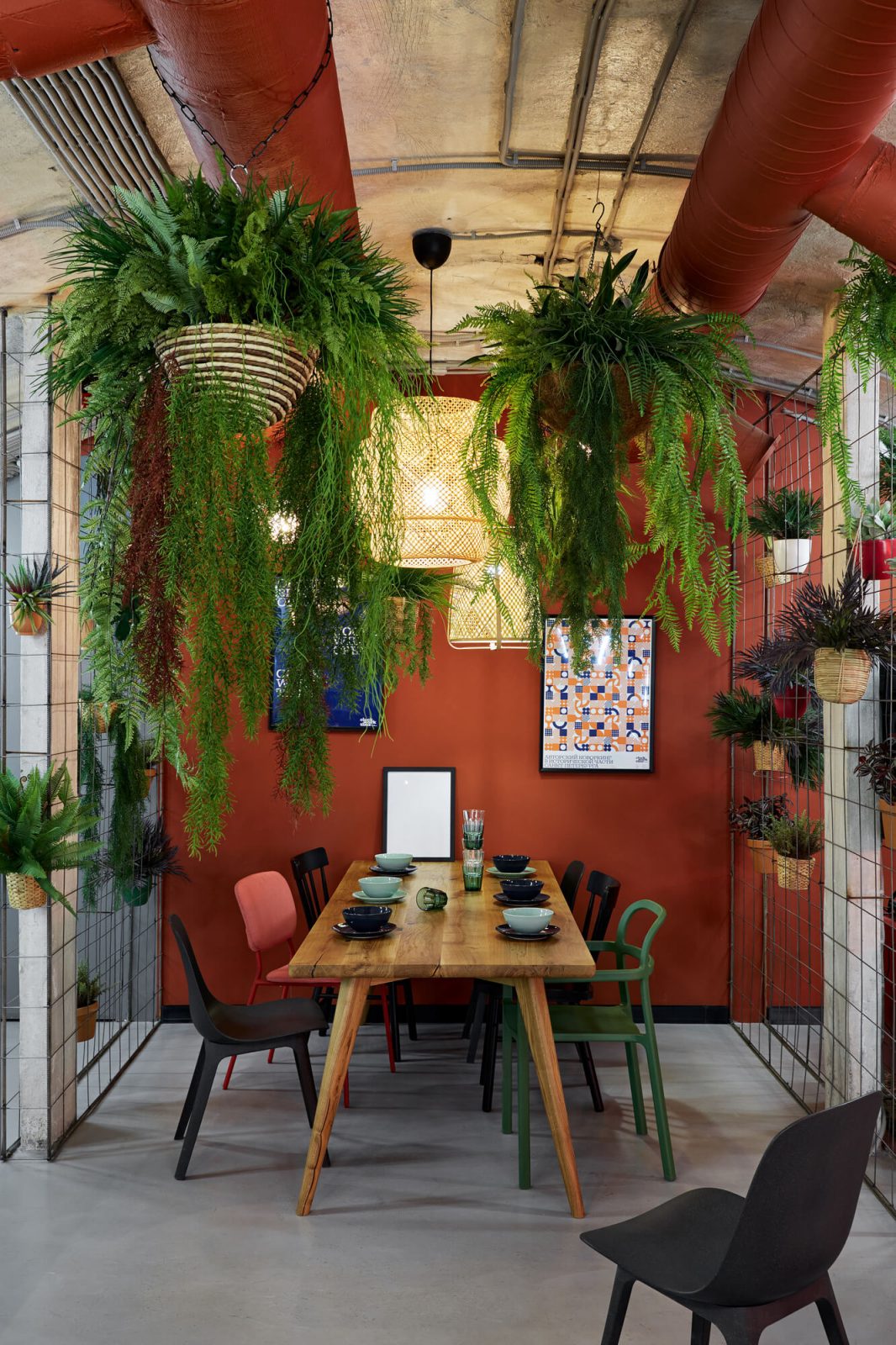

Due to the peculiarity of the shape and color of individual stems and leafy outlines, a visual illusion arises that expands the space. A more natural and lively environment enhances people’s creativity because of our animal genes.
A 2015 Human Spaces report also found that employees whose offices included natural elements were 15% more creative than those whose offices did not include such elements.
Attention recovery theory suggests that looking at nature – and even just images of nature – can switch the brain to a different processing mode, making employees feel more relaxed and focused.
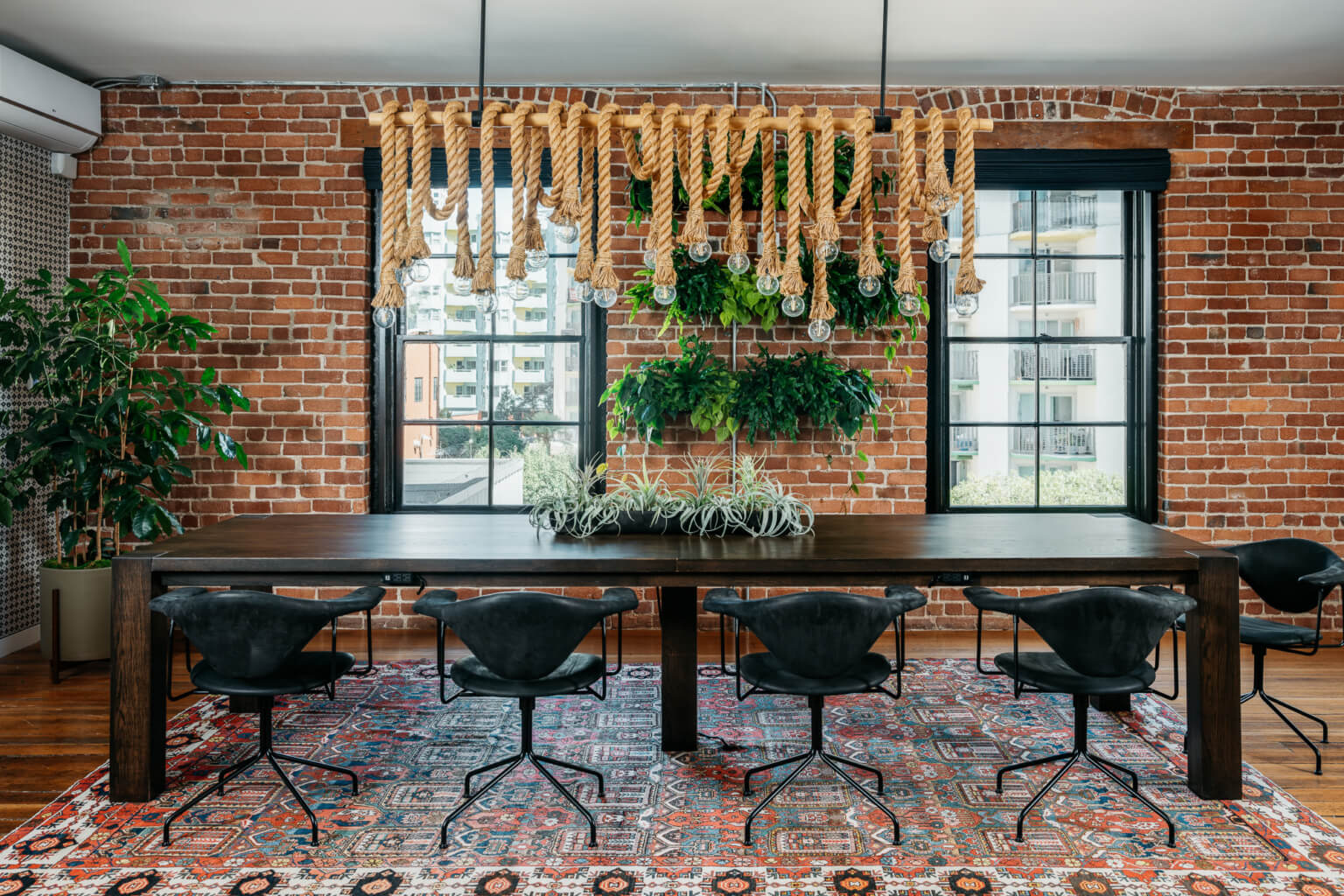
If you want to order a design project of an office with phytodesign of landscaping, please contact our design studio ZIKZAK.
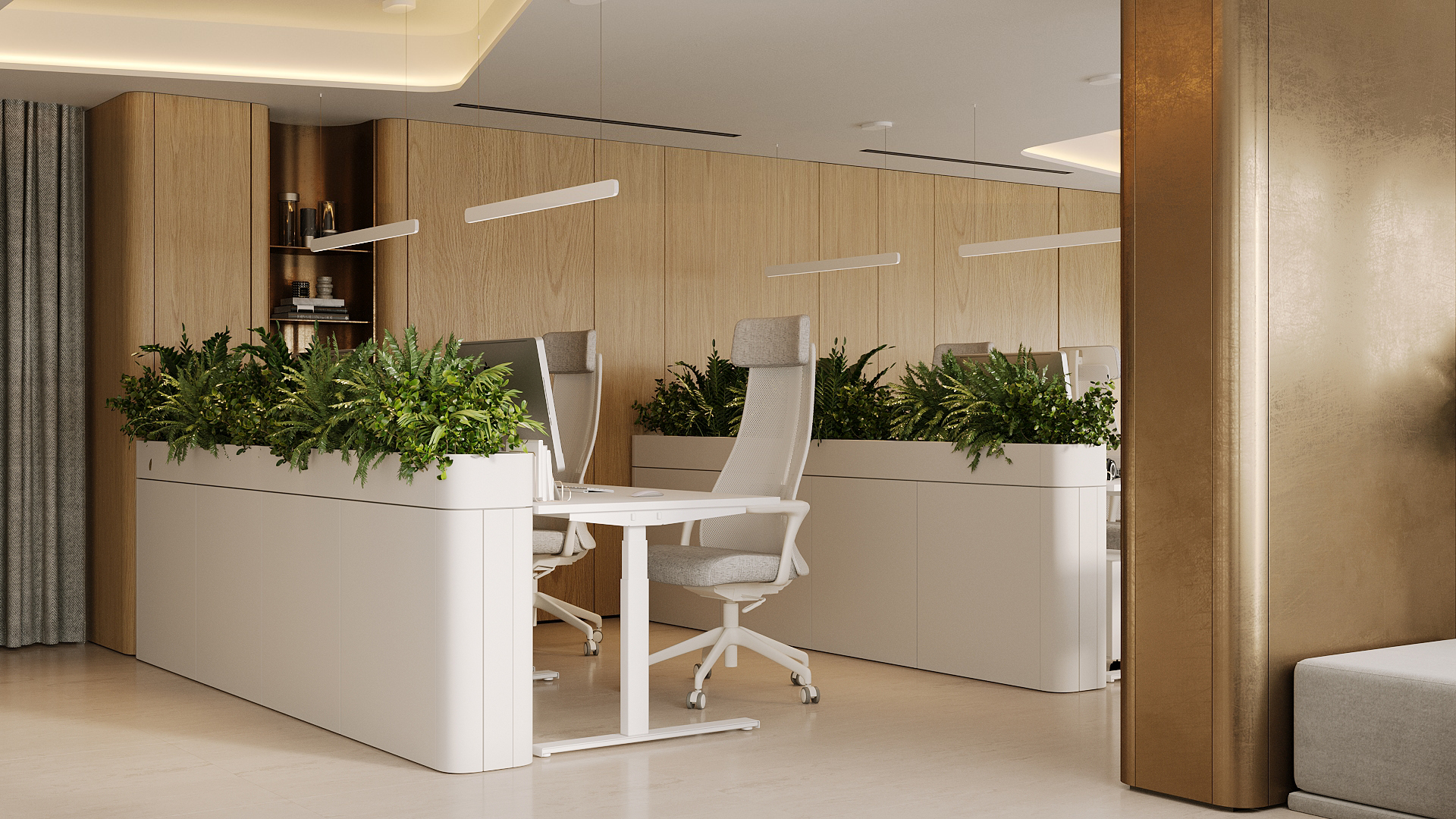
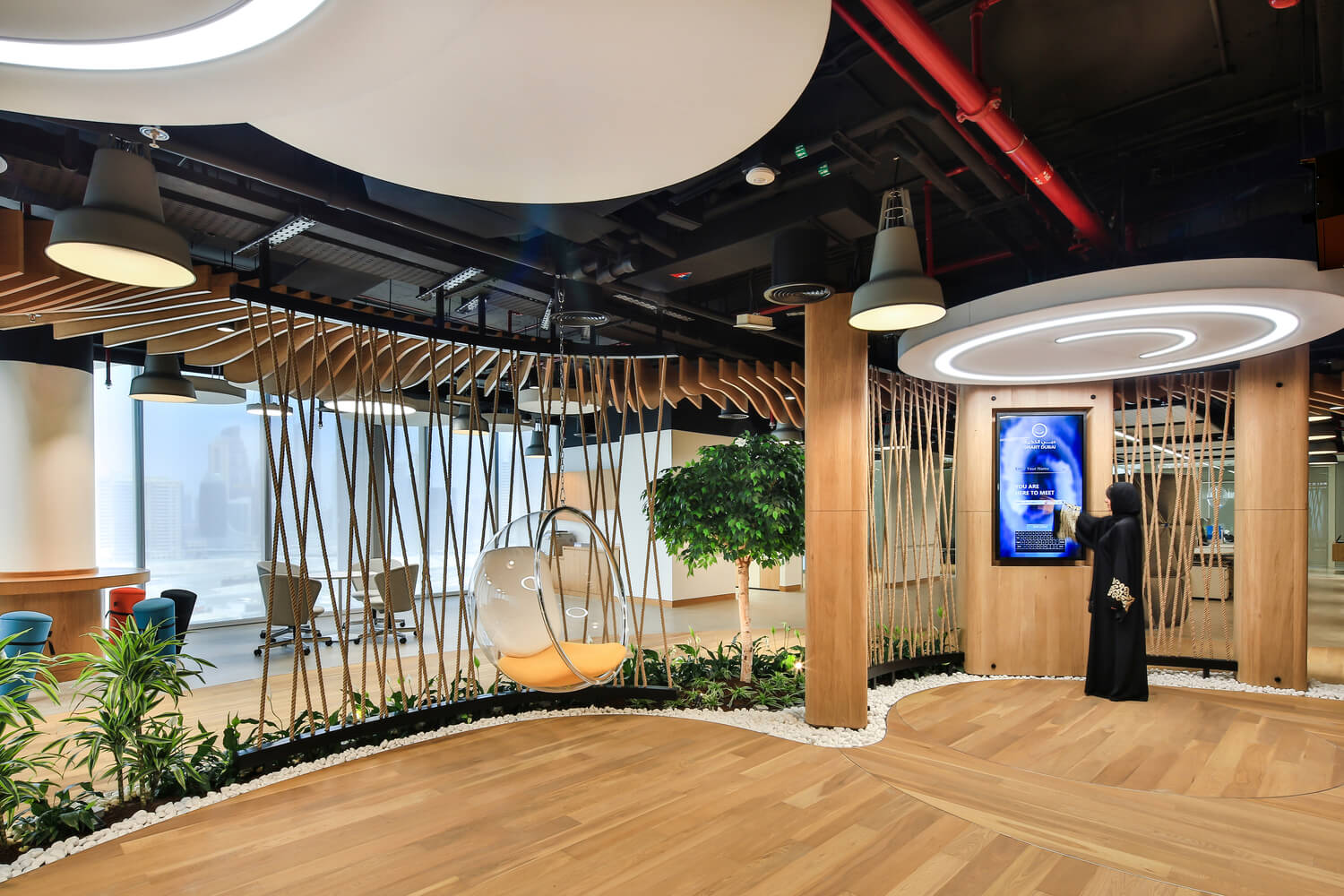

 Back
Back Back
Back




